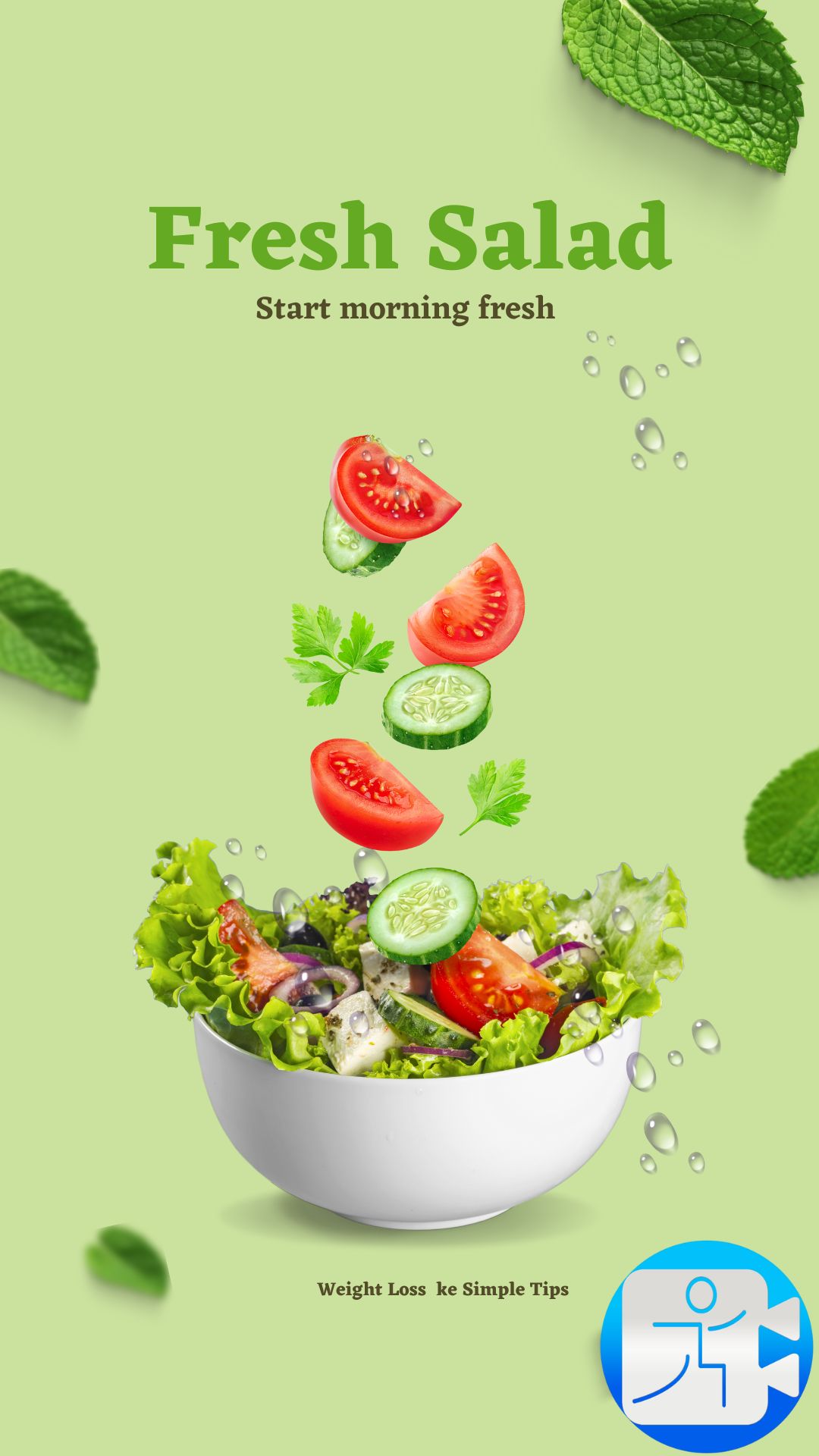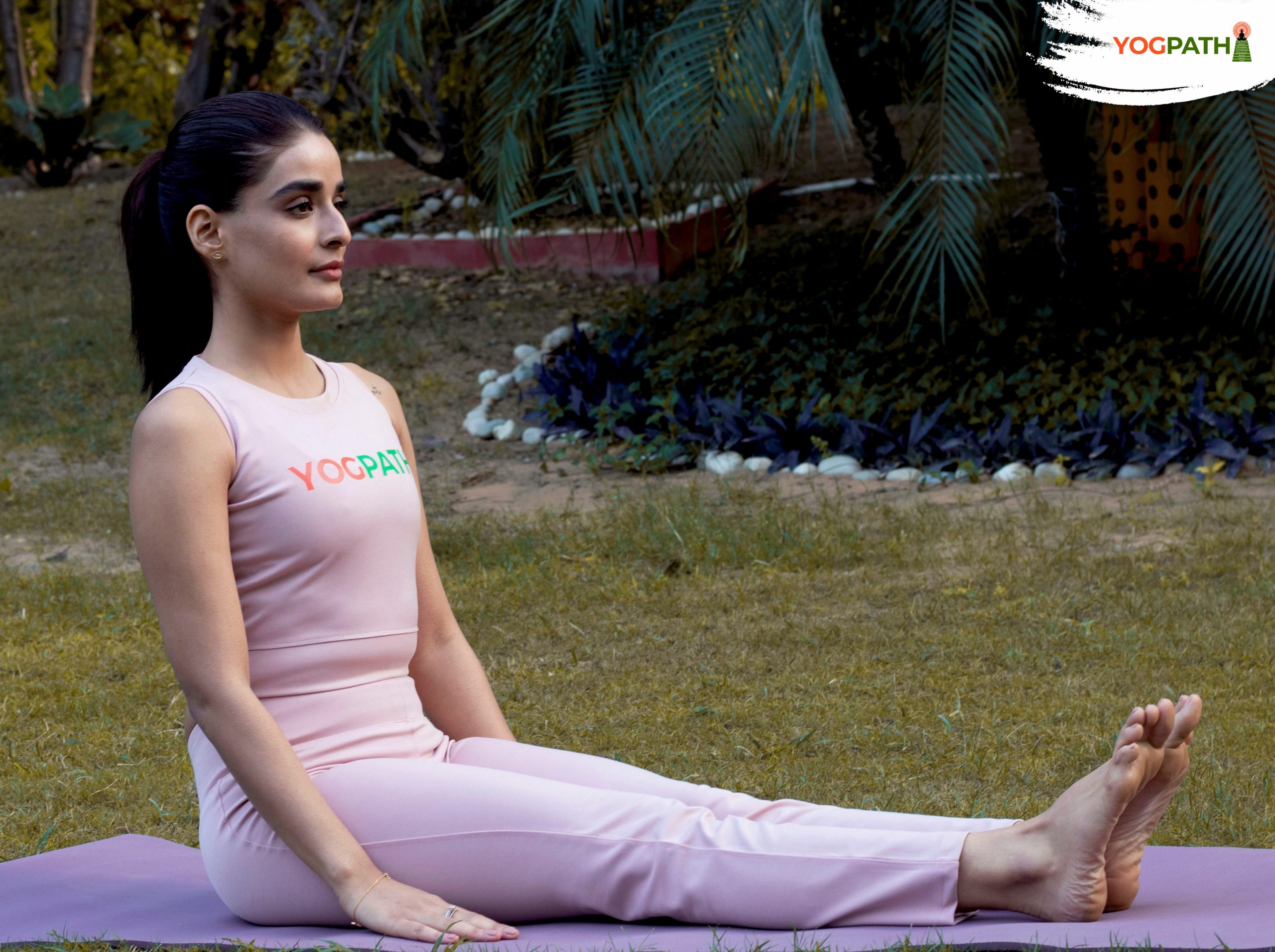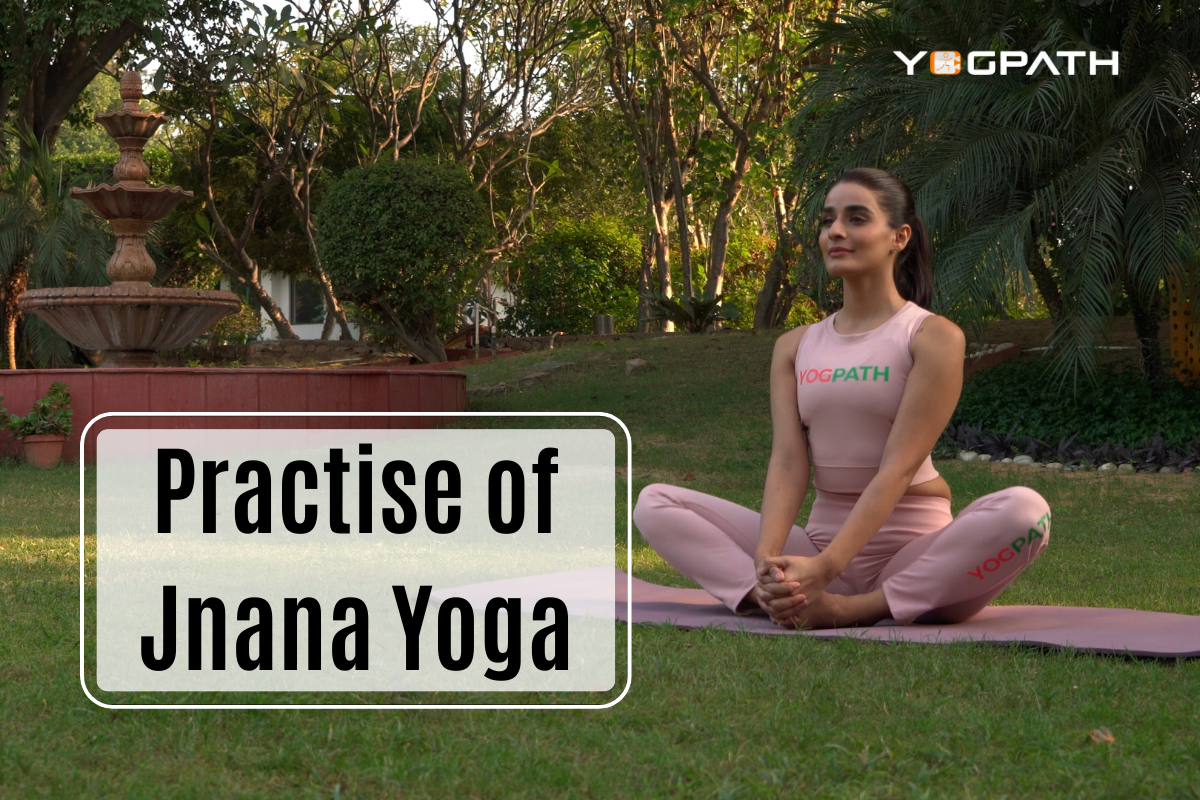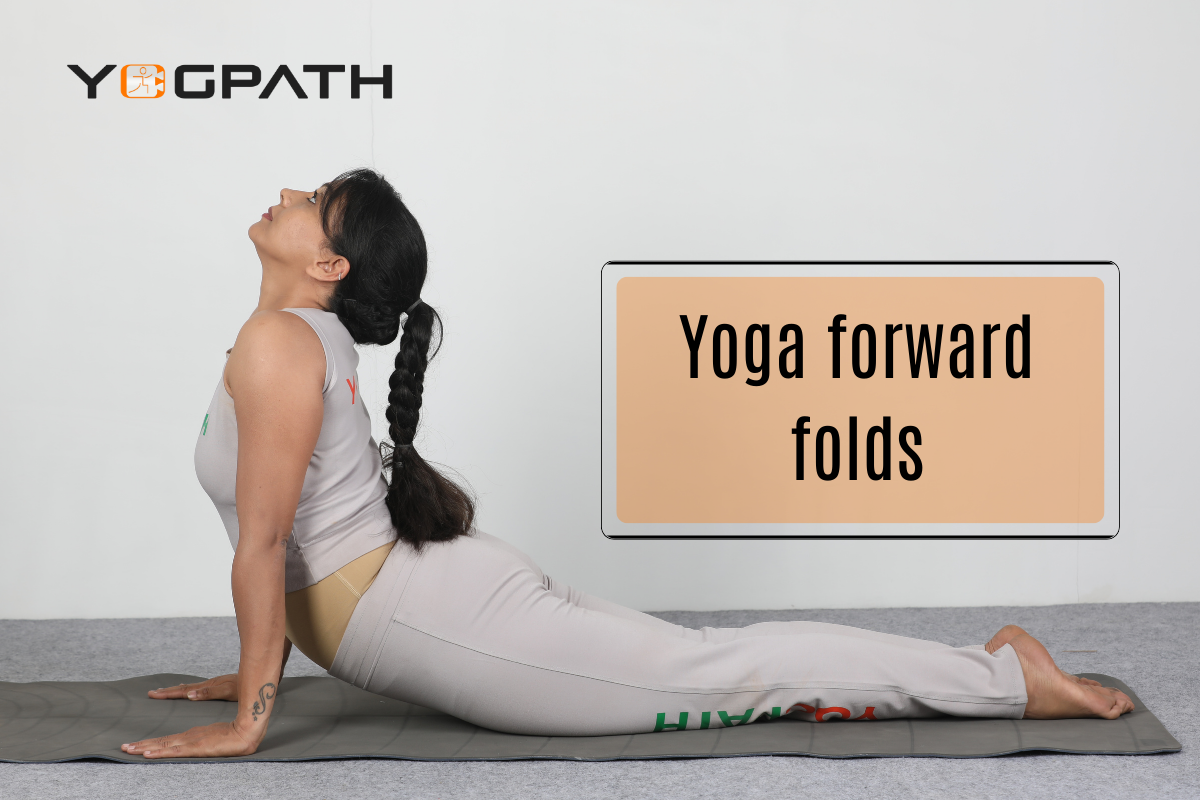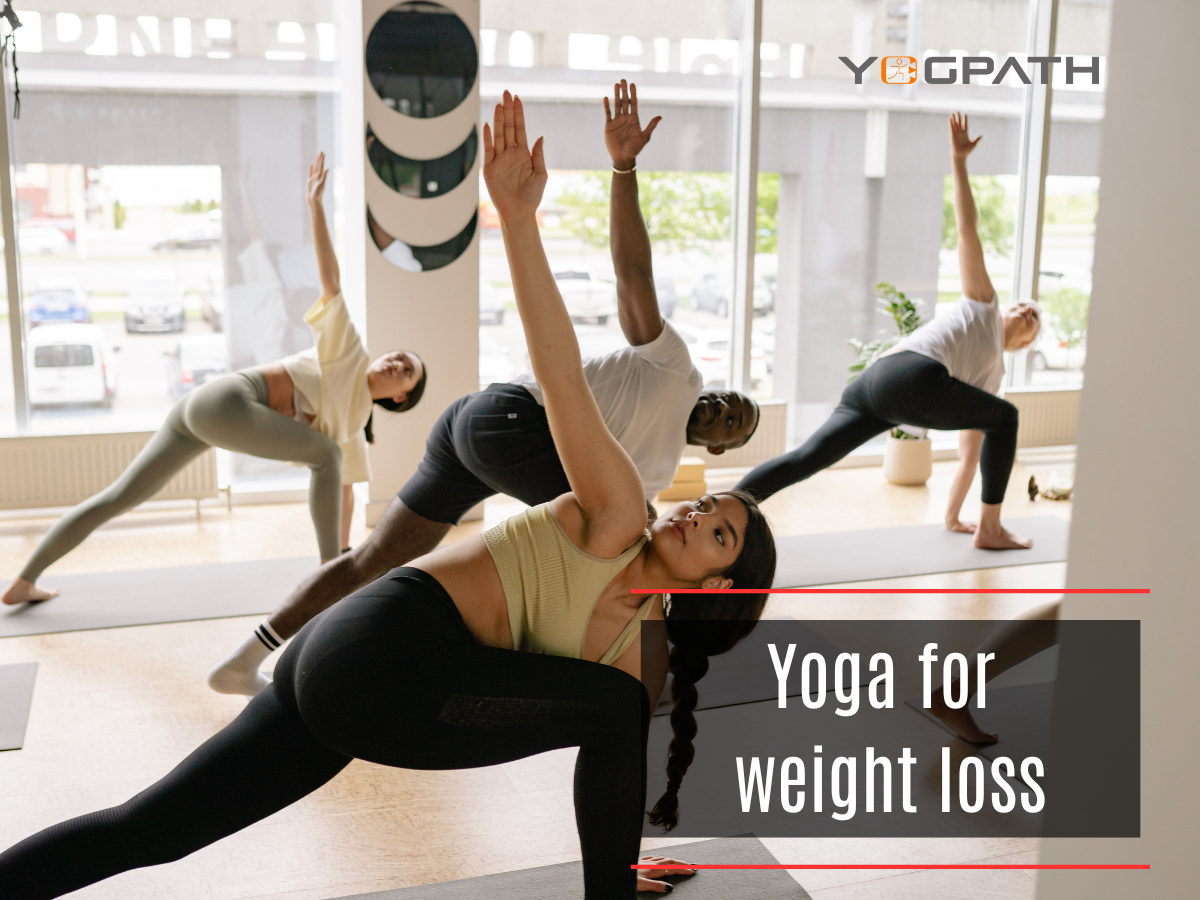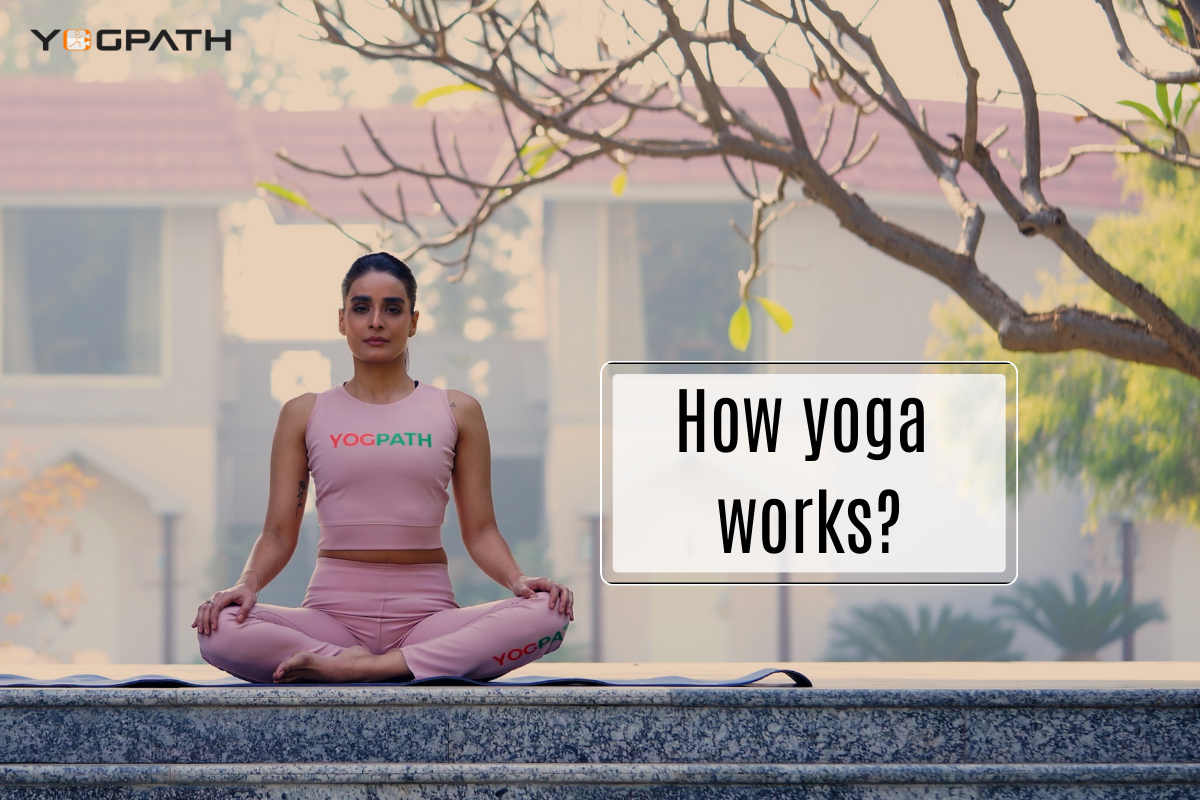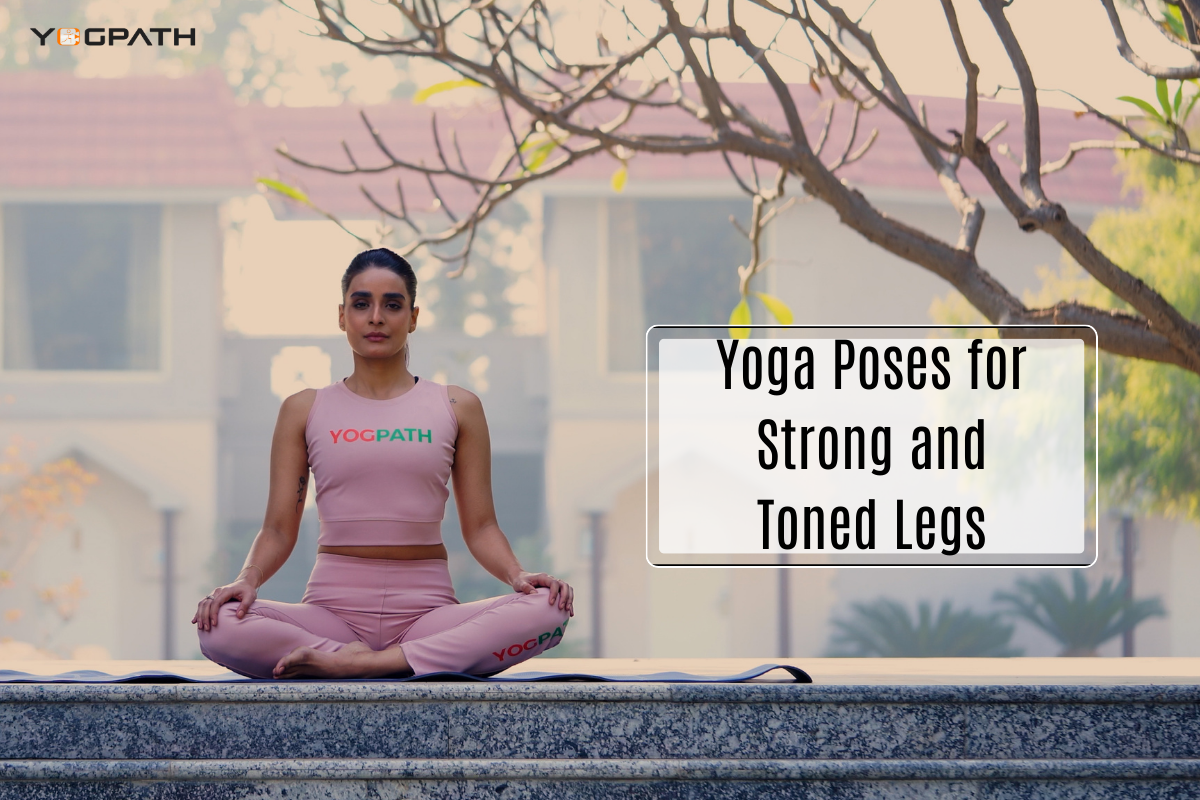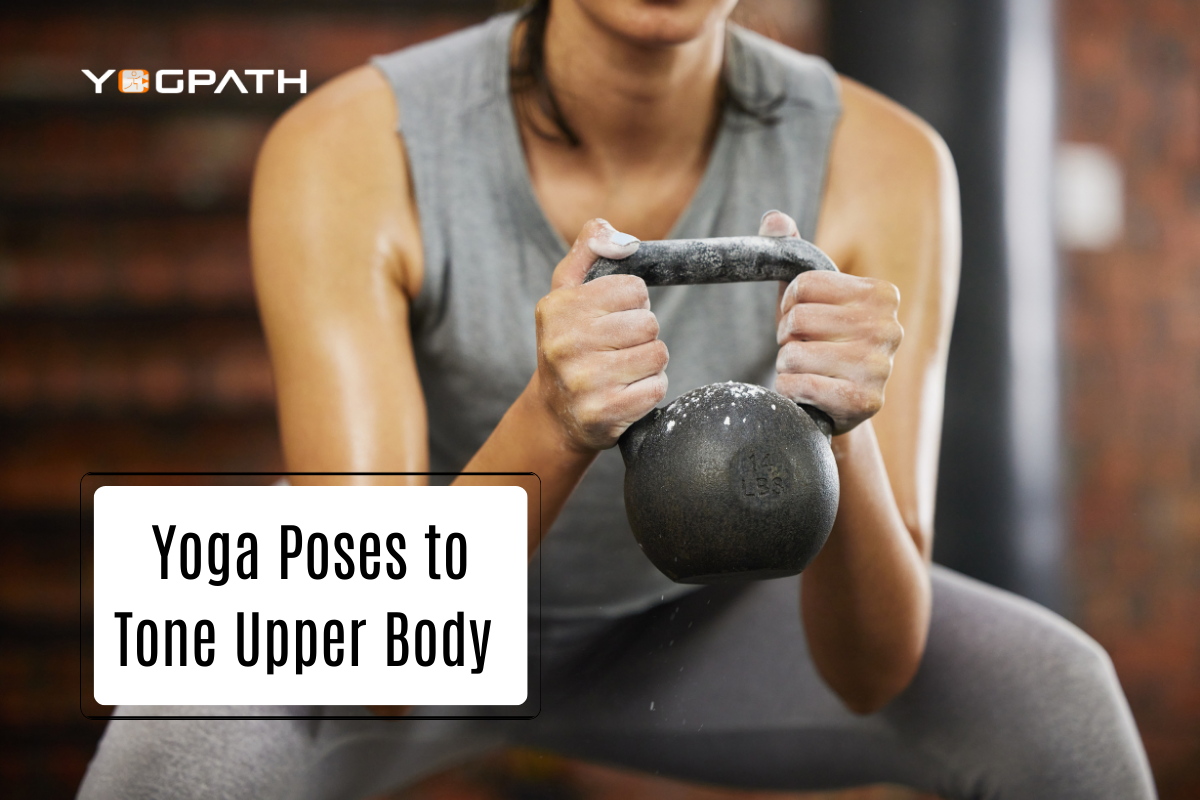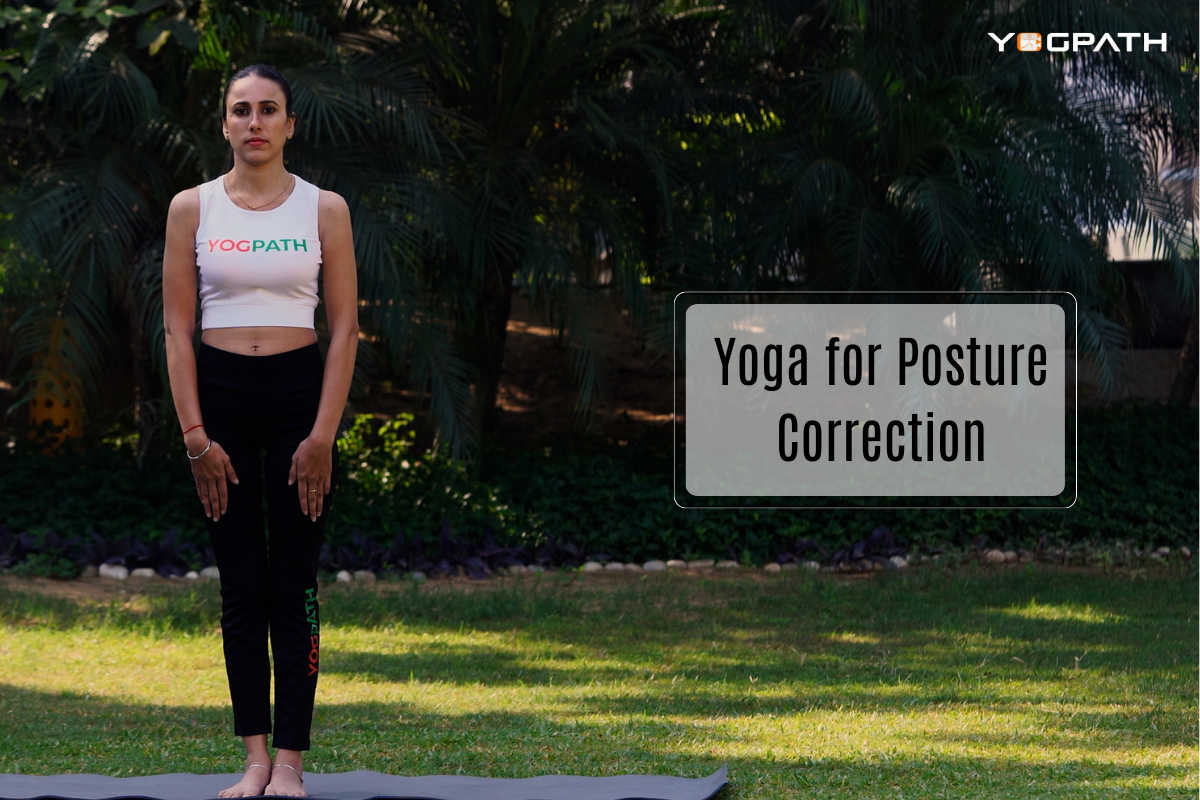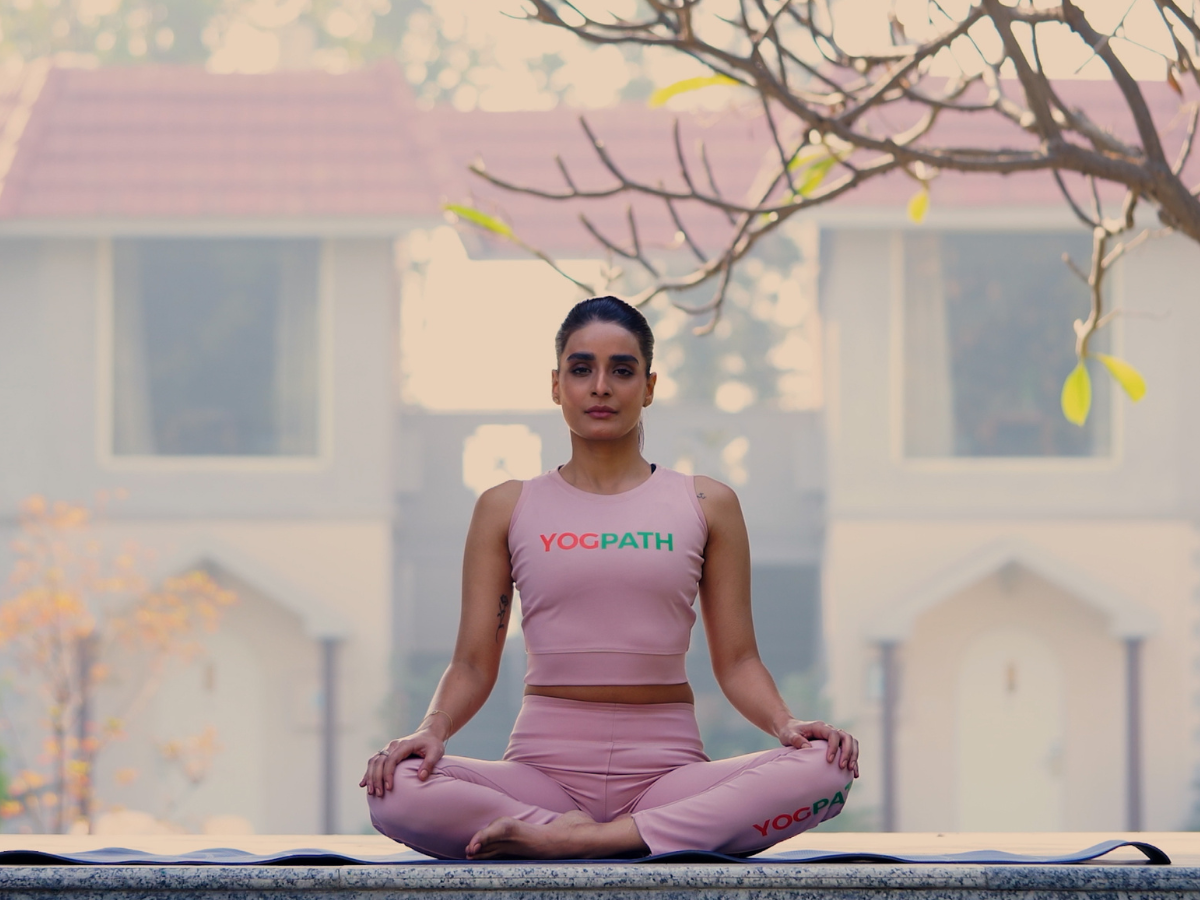
Cervical spondylosis or osteoarthritis is a disorder caused by the deterioration of the bones and cartilage in the neck (cervical vertebra) area. This degradation of the bones and cartilage can produce persistent neck discomfort and interfere with routine daily tasks.
Cervical spondylosis reason
According to the American Academy of Orthopedic Surgeons, cervical spondylosis affects more than 85 percent of persons over the age of 60. Cervical spondylosis is frequently caused by wear and tear on the body and is most common in adults aged 50 to 60. However, cervical spondylosis can also be caused by other causes besides age.
Due to lifestyle changes and sedentary living, adolescents are also susceptible to this illness. Long working hours, lack of physical activity, and elevated stress levels make this a chronic health condition. Also known to contribute to the discomfort include prolonged periods of sitting in an awkward position, the tension in the neck owing to the nature of the job, spinal or neck traumas, slip-disk, and obesity. In families with a history of cervical spondylosis, the likelihood of contracting the disease is increased.
The indications of cervical spondylosis
- Persistent neck discomfort
- Discomfort in the shoulder blades
- Stiff neck
- Back of the head pain Preventive measures for cervical spondylosis
- Avoid activities that place strain on the neck.
- Do not lift hefty weights.
- Take small breaks between tasks to give your neck a rest.
- Calcium consumption should be met daily.
- Remain hydrated.
- Eat fruits and green leafy veggies.
- Regular exercise, but with caution and attention.
Exercises of yoga for cervical spondylosis
Yoga is a comprehensive and natural treatment for cervical spondylosis. Regular practice of this ancient art results in a supple body, a tranquil mind, and a good outlook on life.
Start your road to a life without pain with these yoga poses:
- Bhujangasana (Cobra Pose) (Cobra Pose)
- Ardha Matsyendrasana (Sitting Half-Spinal Twist)
- Dhanurasana (Bow Pose) (Bow Pose)
- Marjariasana (Cat Pose) (Cat Pose)
- Setu Bandhasana (Bridge Pose)
- Matsyasana (Fish Pose) (Fish Pose)
Bhujangasana (Cobra Pose) (Cobra Pose)
This position stretches and strengthens the chest and spine. It also helps relieve sciatica pain.
Ardha Matsyendrasana (Sitting Half-Spinal Twist)
This position extends the neck and shoulders while stimulating the spine.
Dhanurasana (Bow Pose) (Bow Pose)
The neck is stretched and stimulated by this asana.
Marjariasana (Cat Pose) (Cat Pose)
This stance relieves backache and expands the neck.
Setu Bandhasana (Bridge Pose)
This asana increases blood flow to the head, hence alleviating headaches. It expands the neck as well.
Matsyasana (Fish Pose) (Fish Pose)
This pose strengthens the neck’s back. Additionally, it stimulates and expands the throat and neck.
Easy Stretching Exercises Based on Yogic Principles – Exercises for the shoulders and the neck.
Yoga movements that may be done at any time and in any location, and which allow people to immediately relax and loosen up their tight joints.
Shoulders should be raised and lowered, and shoulders should also be rotated (Clockwise and anticlockwise). You should cross your shoulders first in front of you (as you are breathing), and then behind you (while inhaling).
Maintain a straight posture while you try to stretch out your neck while keeping your elbows bent. You will now be able to perform intercostal breathing or Yogendra Pranayama II once your spine has been stretched. In addition to that, you can practise abdominal breathing, also known as Yogendra Pranayama IV, and clavicular breathing, also known as Yogendra Pranayama III.
Keep your chin tucked in and look up while rotating your neck from left to right and then from right to left. Do this in a very gentle and smooth manner, avoiding any jerks. You should face the proper direction. Perform the same action on the left side.
As a form of eye exercise, try rolling your eyes first from left to right and then from right to left. Now gaze up and directly in the middle. Repeat the previous step while keeping your gaze centred and directed downward. You may try looking at something close by, like your hands, and then move further away to concentrate on something further away, like clouds. The optic nerves become less tense as a result of this.
Twist to the side of the head and upper body (From Both Angles) Perform a twist to the right side while exhaling, and then perform the same twist to the left side.
Traditional treatments for conditions affecting the spinal cord
- Consume some juice made from giloy.
- Consume some juice made from bitter gourd and cucumber.
- Eat beetroot, carrot salad
- Chandra Prabhavati
- Ashwashila should be consumed.
- If there is an issue with high blood pressure, then you should consume Muktavati.
- Beneficial effects may result from eating garlic buds.
- Giloy, Nirgundi, and Ashwagandha should be used if the pain has become more severe.
- Milk infused with turmeric and Shilajit should be consumed.
General tips
Because each of these yoga positions is intended to cure a unique condition, it is essential that you pay attention to the following instructions:
- Keep in mind that your body goes through changes on a daily basis. Make any required changes to your practise, and steer clear of any positions that give you stomach aches or headaches.
- Allow your breath to guide your movement so that you may move gently and fluidly. This will help you get the best results.
- Don’t push or force yourself into any position; just go as far as you can comfortably go.
- If you have never practised yoga before, it is highly recommended that you enrol in a few lessons at a nearby studio. In the event that this is not an option for you, you can take guided lessons online.
- Hatha, yin, and restorative yoga are all excellent ways to alleviate discomfort in the neck. It is recommended that you steer clear of vigorous, fast-paced yoga unless you have prior expertise in the practise.
- Take it easy and don’t be too hard on yourself. Have fun with the activities and the practise, and be kind to yourself at whatever stage of development you are in on a daily basis.
- You should make it a priority to practise yoga every day for at least ten to twenty minutes, even if all you do is rest in a few comfortable poses.
- Maintain an awareness of your posture at all times throughout the day.
Many instances of cervical spondylosis can be addressed without surgery. Medical attention, good care, and regular exercise are frequently effective remedies. Physiotherapy, analgesics, and antidepressants are other types of treatment that are frequently prescribed by doctors. In addition, actively correcting your posture can help lessen the pressure on your neck and the associated pain. Always with your physician before altering your prescription medicine.
